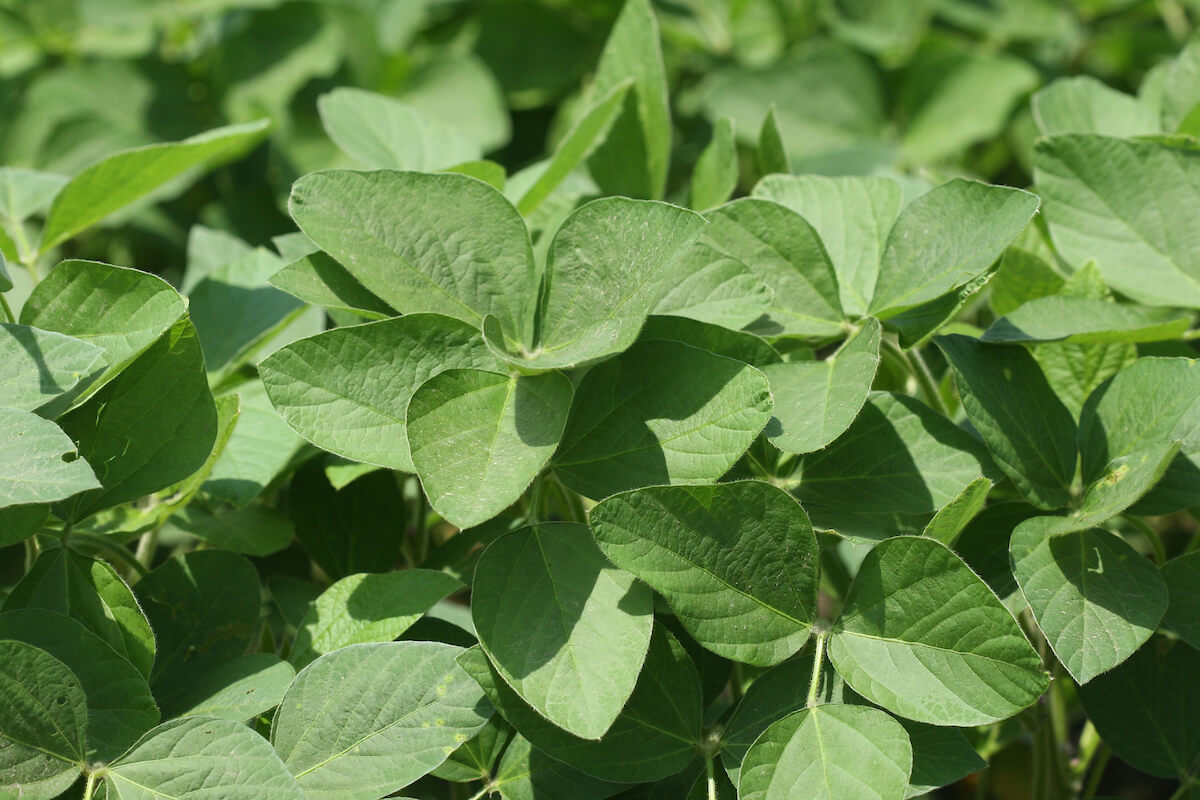
Rainey has singled out traits in soybeans that have economic value to consumers, such as postharvest seed composition and quality. “You can have higher protein, different types of protein with different processing characteristics, and various fatty acid profiles — whether oil high oleic or low linoleic. We have genes for those,” she says.
She hopes that her work in developing a “menu” of soybean genes will help others seize opportunities in plant-based protein and bring innovations to market.
In collaboration with Keith Cherkauer, professor of agricultural and biological engineering, Rainey uses unmanned aircraft system (UAS)-based methods to gather data from experimental plots. “We collect RGB imagery and process it with our Purdue-proprietary image analysis pipelines to measure color, growth and development, stand counts, yield prediction, heights,” she explains.
Rainey’s research is an example of phenotyping at scale, says Bernie Engel, senior associate dean and director for agricultural research and graduate education. From among thousands of plots, her research identifies “winners” and “losers” using research techniques she has pioneered.
“Winners are the one in 10,000 that perform consistently better than existing varieties over a range of environments, whether considering yield or the post-harvest quality traits,” Rainey says.